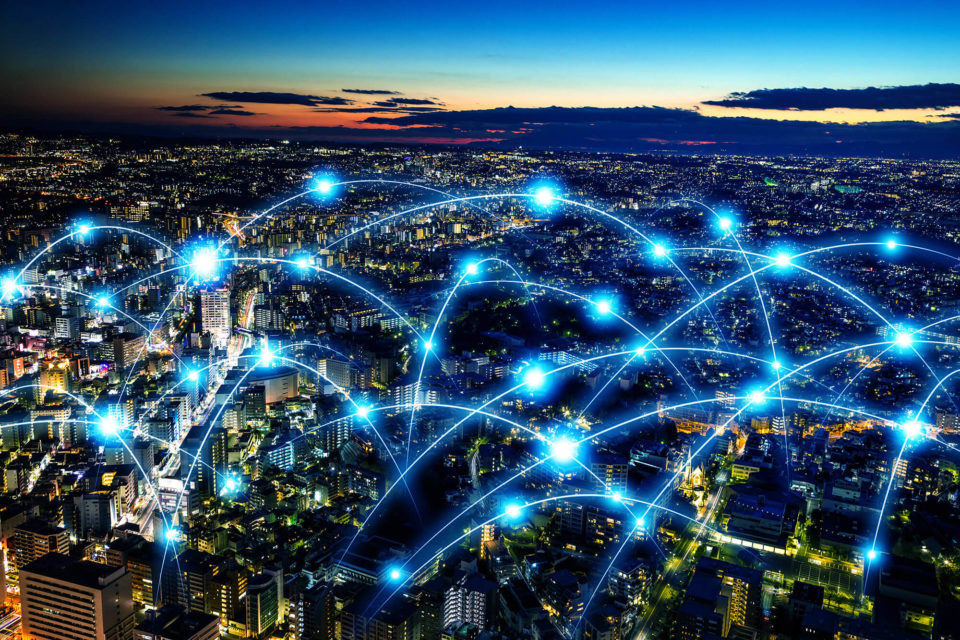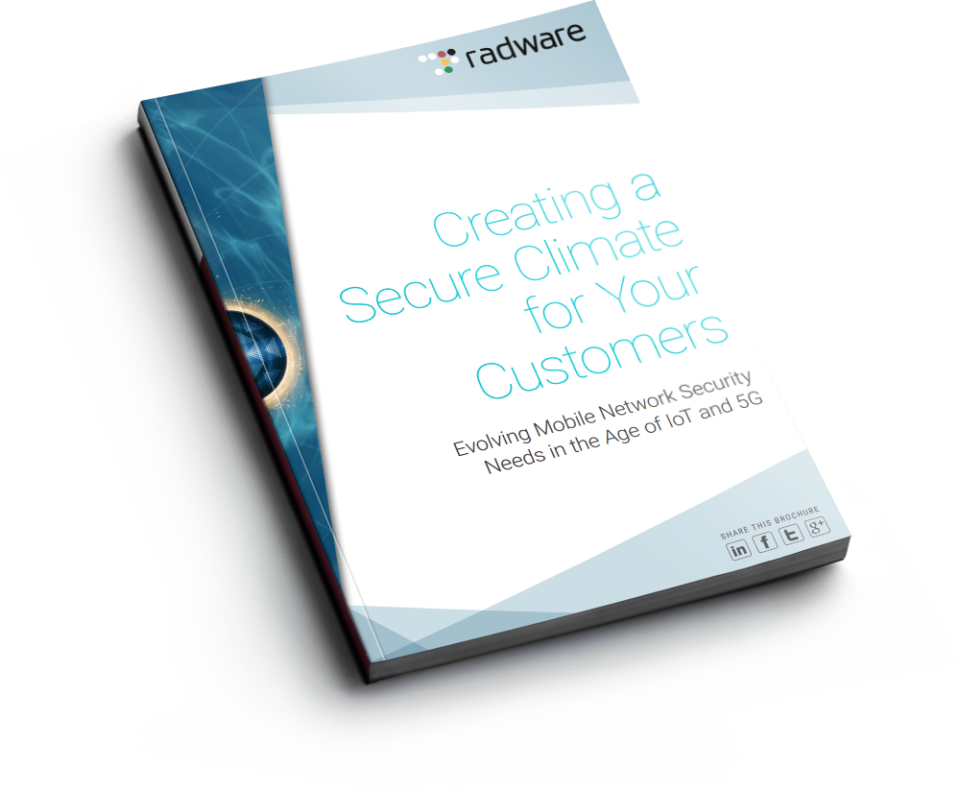Smartphones today have more computing power than the computers that guided the Apollo 11 moon landing. From its original positioning of luxury, mobile devices have become a necessity in numerous societies across the globe.

With recent innovations in mobile payment such as Apple Pay, Android Pay, and investments in cryptocurrency, cyberattacks have become especially more frequent with the intent of financial gain. In the past year alone, hackers have been able to mobilize and weaponize unsuspected devices to launch severe network attacks. Working with a North American service provider, Radware investigations found that about 30% of wireless network traffic originated from mobile devices launching DDoS attacks.
Each generation of network technology comes with its own set of security challenges.
How Did We Get Here?
Starting in the 1990s, the evolution of 2G networks enabled service providers the opportunity to dip their toes in the water that is security issues, where their sole security challenge was the protection of voice calls. This was resolved through call encryption and the development of SIM cards.
Next came the generation of 3G technology where the universal objective (at the time) for a more concrete and secure network was accomplished. 3G networks became renowned for the ability to provide faster speeds and access to the internet. In addition, the new technology provided better security with encryption for voice calls and data traffic, minimizing the impact and damage levels of data payload theft and rogue networks.
Fast forward to today. The era of 4G technology has evolved the mobile ecosystem to what is now a mobile universe that fits into our pockets. Delivering significantly faster speeds, 4G networks also exposed the opportunities for attackers to exploit susceptible devices for similarly quick and massive DDoS attacks. More direct cyberattacks via the access of users’ sensitive data also emerged – and are still being tackled – such as identity theft, ransomware, and cryptocurrency-related criminal activity.
The New Age
2020 is the start of a massive rollout of 5G networks, making security concerns more challenging. The expansion of 5G technology comes with promises of outstanding speeds, paralleling with landline connection speeds. The foundation of the up-and-coming network is traffic distribution via cloud servers. While greatly benefitting 5G users, this will also allow attackers to equally reap the benefits. Without the proper security elements in place, attackers can wreak havoc with their now broadened horizons of potential chaos.
What’s Next?
In the 5G universe, hackers can simply attach themselves to a 5G connection remotely and collaborate with other servers to launch attacks of a whole new level. Service providers will have to be more preemptive with their defenses in this new age of technology. Because of the instantaneous speeds and low lag time, they’re in the optimal position to defend against cyberattacks before attackers can reach the depths of the cloud server.

Discover more about what the 5G generation will bring, both benefits and challenges, in Radware’s e-book “Creating a Secure Climate for your Customers” today.
Download Now